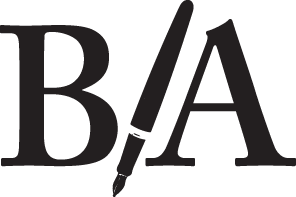Assembly Line Thinking: Optimize Your Input
Industrialist imagery still applies to non-industrialist thought work.
An assembly line must be optimized with exacting precision. Input should equal desired output. Balance is key.
If the correct amount of raw materials are not entering the line on one end - the output (final product) on the other side is minimized. Production is low.
If there’s too much input, output is frantic, frenzied, and hopeless. It feels like you’re beginning to “fight a losing game” (to quote Lucille Ball from the classic candy factory episode.)
There must be a balance of input and output on every assembly line.
There must also be a balance of input and output in creative and thought-work.
Too much input, or the wrong kinds of input, without sufficient output, will stifle creativity and cause blockage in the brain. We are not created to merely consume. Frankly, I’m concerned when I see people spend the majority of their time scrolling social media and binging Netflix without creating anything. Input should be intentional. Thoughtful. Premeditated. Our culture inputs so much digital clutter, we fail to see the pixel-hoarders we’ve become. Frenzied, panicked, and full of fear that one of those chocolates will slip past us on this cyber-assembly line of feverish FOMO.
The other side is just as bad. Creativity and thought work doesn’t appear out of a magic hat. Few people are able to simply draw ideas from scratch in their own minds. Great ideas are built on the ideas of others. “Steal like an artist,” as Austin Kleon exhorts us. If you’re feeling creatively blocked or dead, check your input. This is more than likely the root of your problem. Read more. Read better. Consume material from the greats. From the archetypes.
Too little input is as big of a complication as too much input. Both results are less than ideal.
